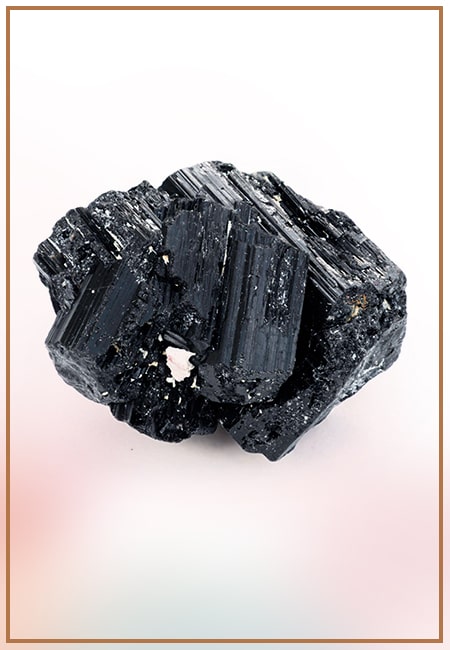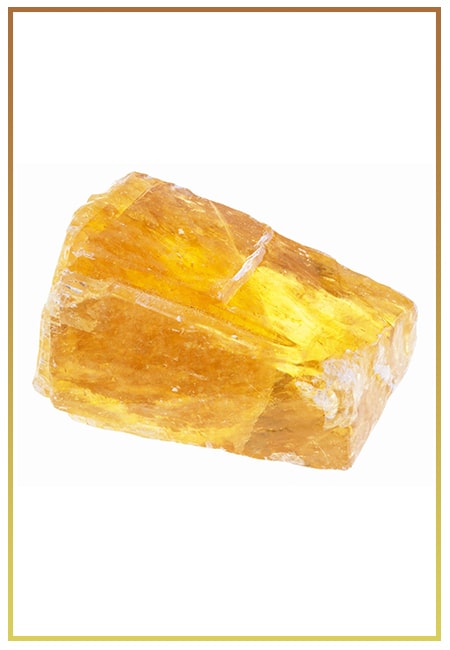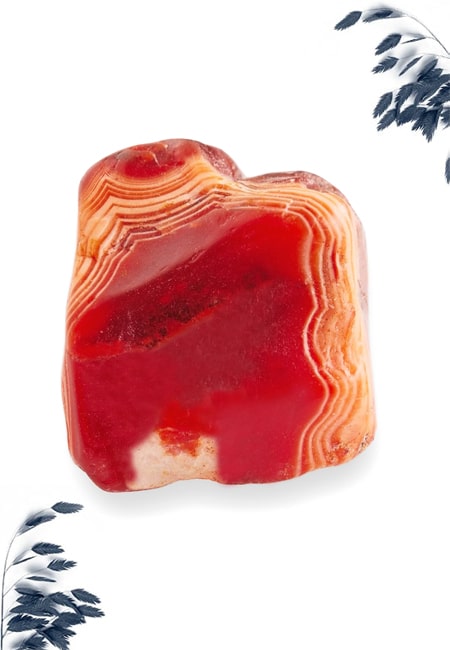- Written By Team DWS
- Festivals
- December 11, 2024
Embracing the Darkness: The Significance of the December Solstice
As the year draws to a close, we find ourselves on the brink of a profound natural event that has captivated human consciousness for centuries: the December solstice. This celestial occurrence, which happens around December 21st in the Northern Hemisphere, marks the longest night and the shortest day of the year. While it may seem appealing to rush toward the light, there is immense significance to be found in embracing the darkness.
-dws638695579149025468.jpg)
Understanding the December Solstice
The December solstice marks the point at which the Earth's axial tilt is maximally oriented away from the sun, leading to the shortest day and fewest hours of daylight for the Northern Hemisphere. This phenomenon is not just a simple change in weather or daylight; it embodies the cyclical nature of life, symbolizing both an ending and a new beginning.
For countless cultures throughout history, the December solstice has served as a pivotal moment for reflection, celebration, and connection with nature. It has been revered as a time to honor the cycle of life, acknowledge the balance between light and darkness, and find hope in the coldest and darkest stretch of the year.
The Importance of Darkness
In a world that often celebrates light, speed, and productivity, darkness is frequently relegated to a negative connotation. However, darkness serves as an essential counterpart to light. Just as the night allows for rejuvenation and rest, soaring creativity often emerges in the quiet hours of darkness.
Embracing the darkness of the solstice invites a deeper understanding of our emotional landscapes. It presents an opportunity for introspection, self-discovery, and personal growth. Just as nature takes a break during the cold winter months, we too can use this time to reflect on the past year, learn from our experiences, and prepare for new beginnings.
Cultural Celebrations of the Solstice
Throughout history, various cultures have celebrated the December solstice with unique traditions and rituals, each resonating with the themes of darkness, renewal, and hope.
- Yule: Rooted in pagan traditions, Yule is celebrated by many as a time of feasting, merrymaking, and honoring nature. Fire rituals such as lighting a Yule log symbolize the return of the sun and the gradual increase of light in the days to come.
- Saturnalia: In ancient Rome, this celebration honored Saturn, the god of agriculture, nurturing familial bonds, and giving thanks for the harvest. Revelry, gift-giving, and communal feasting marked the occasion, emphasizing joy even in the depths of winter.
- Dongzhi: In Chinese culture, the Dongzhi festival signifies the return of longer days and is often celebrated with family gatherings and special foods. It embodies the cyclical nature of time and celebrates the harmony of yin and yang.
- Winter Solstice Festivals: Many Indigenous peoples worldwide hold ceremonies to honor the solstice and recognize the balance of life. These rituals often include music, storytelling, and dancing, fostering community and connection.
Finding Purpose in the Darkness
The December solstice is an opportunity to pause and appreciate the slower pace of life during the winter months. Rather than rushing toward the new year, we can take time to reflect on our personal journeys. Consider dedicating the solstice to:
- Self-Reflection: What have you accomplished this year? What lessons have you learned? Embrace this time to journal or meditate on your growth.
- Nature Connection: Spend time outdoors, even amidst the cold. Witness the beauty of a darkened landscape and realize that nature is resting before the return of spring.
- Acts of Kindness: Amidst the darkness, acts of kindness shine brightly. Volunteer, help a neighbor, or simply reach out to friends and family to strengthen your community ties.
- Intentions for the New Year: Instead of resolutions, set intentions that feel more authentic to you. Focus on themes of balance and renewal as you move into the new year.
- Celebrate Light: Light a candle or create a small ritual in your home to symbolize the return of the sun. Celebrate the knowledge that after every darkness, light inevitably returns.
Conclusion
The December solstice invites us to embrace the darkness as a time of reflection, renewal, and connection. By acknowledging the power of the darkest days, we can foster a deeper understanding of ourselves and our place within the natural world. As the sun begins its journey back, bringing longer days and warmer weather, remember that it is in the depths of darkness that we often find our greatest strength. Let us celebrate the December solstice not just as a passage of time, but as an invitation to pause, reflect, and ultimately grow.
-dws638695579673574438.jpg)
December Solstice FAQs
Certainly! Here is a list of frequently asked questions (FAQs) regarding the December Solstice:
Q1: What is the December Solstice?
A1: The December Solstice, commonly referred to as the winter solstice in the Northern Hemisphere, is an astronomical phenomenon characterized by the Sun reaching its lowest altitude in the sky at midday. This event typically takes place around December 21st or 22nd annually, signifying the longest night and the shortest day of the year for regions located north of the equator.
Q2: Why does the December Solstice occur?
A2: The December Solstice occurs due to the tilt of the Earth's axis. This axial tilt leads to uneven distribution of sunlight across the Earth over the course of the year, culminating in the progression of the seasons. During the December Solstice, the Northern Hemisphere is tilted away from the Sun.
Q3: What happens during the December Solstice?
A3: During the December Solstice, the Northern Hemisphere experiences its shortest day and longest night, while the Southern Hemisphere enjoys its longest day and shortest night. The Sun appears at its lowest elevation at noon, and daylight hours are at their minimum.
Q4: How does the December Solstice affect weather and seasons?
A4: The December Solstice marks the beginning of winter in the Northern Hemisphere, which typically brings colder temperatures and snowfall in many regions. Conversely, it is the start of summer in the Southern Hemisphere, leading to warmer temperatures.
Q5: Are there cultural celebrations associated with the December Solstice?
A5: Yes, many cultures celebrate the December Solstice with various festivals and traditions. For instance, Yule is celebrated in various pagan traditions, while Christmas and Hanukkah also occur around this time. Various indigenous cultures have their own unique ceremonies recognizing the Solstice.
Q6: Is the December Solstice the same everywhere?
A6: While the December Solstice occurs on the same date worldwide, its effects vary by location. For those in the Northern Hemisphere, it marks the start of winter, while for those in the Southern Hemisphere, it signifies the start of summer.
Q7: How is the December Solstice observed in different regions?
A7: In regions with significant cultural or historical ties, such as Stonehenge in England or Chichen Itza in Mexico, ceremonies and gatherings often take place to honor the Solstice. People may gather to watch the sunrise or sunset, exchange gifts, or participate in communal feasts.
Q8: When is the next December Solstice?
A8: The December Solstice occurs annually, usually on December 21st or 22nd. For specific dates, it would be wise to check a reliable astronomical calendar, as the exact timing can vary slightly from year to year.
Q9: How does the December Solstice affect daylight hours?
A9: The December Solstice results in the shortest amount of daylight in the Northern Hemisphere. Many areas may only experience around 8 hours of daylight, while regions closer to the poles may experience significantly less.
Q10: Can I observe the December Solstice?
A10: Yes! You can observe the December Solstice by noting the position of the Sun—particularly at sunrise and sunset—and the length of shadows. Some people participate in local events or nature hikes to connect with the seasonal change.
If you have any further questions about the December Solstice, feel free to ask!
Popular on Blogs

Black Tourmaline: Meaning, Healing Properties, Fascinating Facts, Powerful Attributes, Versatile Uses, and Beyond
September 05, 2023 / BY Team DWS
Black Tourmaline, also known as Schorl, is a highly revered crystal with incredible metaphysical properties. It derives its name from the Dutch word "turamali," meaning "stone with ..

Carnelian Stone: Meaning, Healing Properties, Power, Facts, Color, Uses and More
December 26, 2023 / BY Team DWS
Carnelian is a vibrant and captivating gemstone that holds a plethora of meanings, healing properties, and powers. Its warm and fiery energy makes it a popular choice among crystal ..

Citrine: Exploring its Meaning, Healing Properties, Fascinating Facts, Powers, Versatile Uses, and Much More
November 18, 2023 / BY Team DWS
Citrine, with its warm golden hues, has captured the attention and imagination of people for centuries. This beautiful gemstone, commonly associated with wealth and prosperity, hol ..

Black Onyx: Unveiling the Meaning, Healing Properties, Fascinating Facts, Powerful Attributes, Versatile Uses, and Beyond
July 25, 2023 / BY Team DWS
Black Onyx, a striking gemstone admired for its deep black hue and elegant appearance, has captivated people for centuries. In this comprehensive guide, we will delve into the mean ..

Unveiling the Mysteries of Turquoise Stone: Exploring its Meaning, Healing Properties, Power, Facts, Color, Uses, and More
December 05, 2023 / BY Team DWS
Turquoise, with its captivating blue-green hue, has been adorning jewelry and artifacts for centuries. This striking stone has a rich history, rich symbolism, and a plethora of int ..

The History Behind The Popularity of Red Agate
December 23, 2022 / BY Team DWS
An Agate is a type of magma rock that takes many years till it is washed out naturally into the water. And that is the reason this stone has elements of water. This beautiful stone ..

Plan a Perfect Valentine's Week with Our Valentine Week List 2025
January 22, 2024 / BY Team DWS
Valentine's Day is undoubtedly the most romantic day of the year, but we believe that one day is just not enough to express your love and make your partner feel special. That's why ..

Bloodstone: Unveiling the Meaning, Healing Properties, Facts, Powers, Uses, and More
August 21, 2023 / BY Team DWS
Bloodstone, with its captivating deep green color with specks of red, is a mesmerizing gemstone that has fascinated civilizations for centuries. It possesses unique healing propert ..


